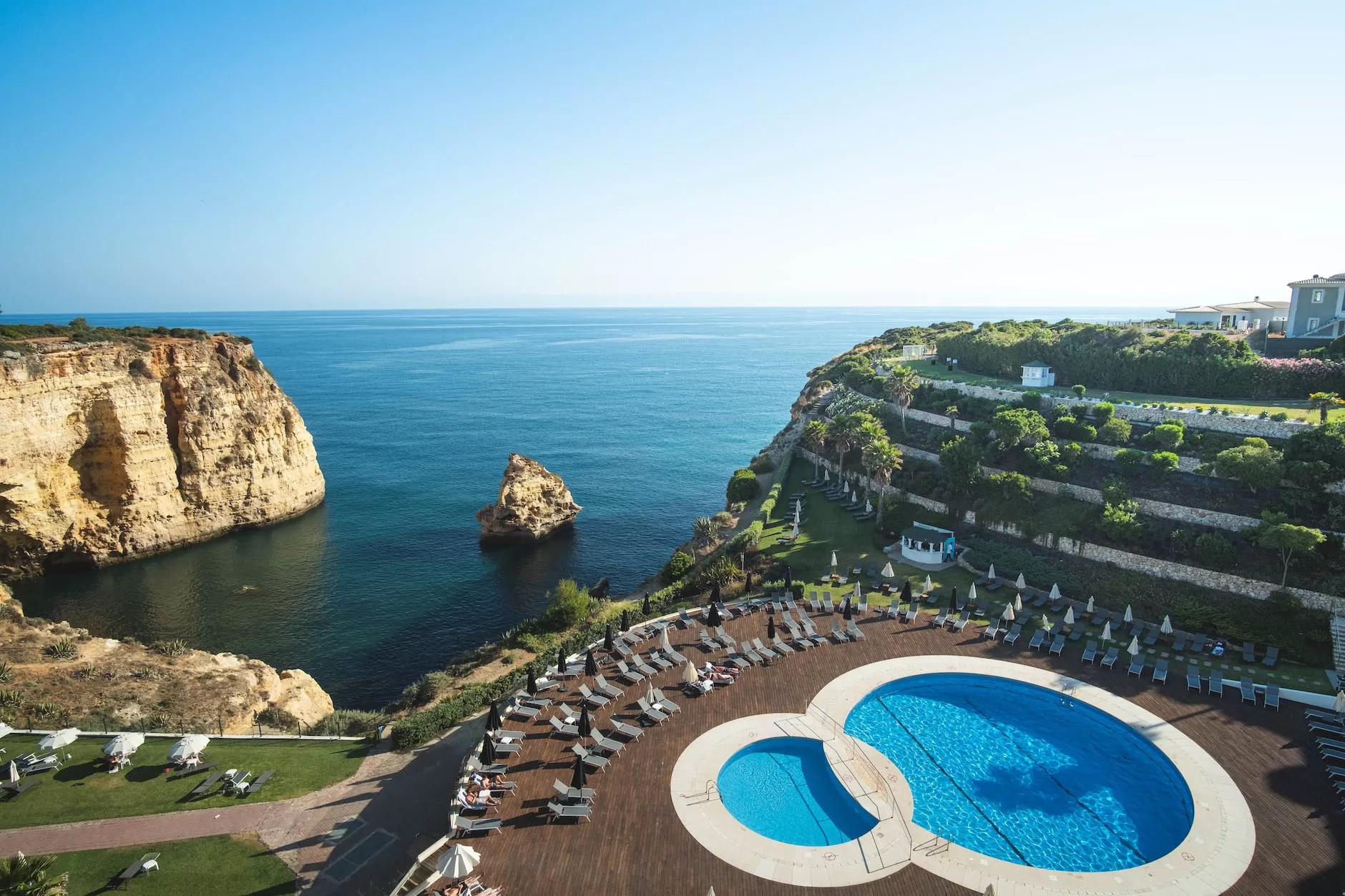Have you considered catching the Marrakech express and checking out parts of Morocco? If so, definitely check out the Bahia Palace in Marrakech.
The famous structure is well worth the price of admission. There are plenty of locations inside where you can beat the heat. Enjoy the gardens or spaces in the shade during a hot day.
Though, you may be wondering why you should visit the Bahia Palace. Well, obviously, that is why I created this article for you. Here you can learn more about the history of the Bahia Palace.
Why is the Bahia Palace famous?
The palace is most notable for its decoration. As you walk through the palace you will observe the stucco carved with Arabic inscriptions. The geometric patterns, arabesques, and muqarnas will leave your eyes admiring the creation of the structures.
Then you will look down at the marble floors and zellij tiles.
What is the story of Bahia Palace?

Built by grand viziers to be the most splendid palace of its time, the Sultan later looted Bahia Palace, which the French then occupied. The expansive structure still hosts the Moroccan royal family on occasion. More typically, tourists marvel at the fine architecture and intricate decorations.
The construction of the Bahia Palace was completed in the 1860s by Si Moussa, Morocco’s mighty Grand Vizier of Sultan Hassan I. He intended to create the most lavish building. Therefore, this was a lofty goal, and his son assumed guardianship of the palace in 1894 to complete Si Moussa’s goal.
Si Moussa’s son’s name was Ahmed ben Moussa. Some affectionately called him Ba Ahmed, and he was even more powerful than his father. He served as Grand Vizier and as regent of Morocco.
During Ba Ahmed’s reign, he expanded upon the existing palace. He brought in the architect Mohammed al-Makki and some of the finest artisans in the country. Mohammed al-Makki built rooms to house Ba Ahmed’s four wives and 24 concubines.
The looting of the palace was quick after Ba Ahmed died in 1900. The concubines swiftly claimed their share carting off as much as possible from the palace. Sultan Abd al-Aziz, a child Sultan who arrived, could not do much as he took over. However, the looting was reasonably chaotic by most standards, and the palace was undamaged.
Rule of Bahia Palace by Thami El Glaoui
Soon after, the Bahia Palace was taken over by Thami El Glaoui. He was a warlord serving as the Pasha of Marrakesh from 1912 to 1956. El Glaoui would become an ally of the French protectorate in Morocco.
Often El Glaoui would host the increasingly powerful Europeans at the palace. The French were mightily impressed, and some in Morocco believed this was too much. Therefore he was kicked out of the Bahia Palace in 1911, and there was a prompt installation of the protectorate’s resident general officers.
Despite the internal strife, the Bahia Palace remains remarkably well preserved and essentially the same Ahmed ben Moussa left it. Granted, the property is missing all his furniture and other removable items. The looting of these items, after his death, never saw their replacement or recovery.
Therefore, visitors, today will observe many of the rooms vacant of furniture.
What to expect in the Palace
However, the lack of furnishings should not detract you from the splendor of the palace. The property spreads over 20 acres with gardens, courtyards, and 150 rooms. As a tourist visiting Marrakech, Morocco, you will only have access to some of these rooms. The rooms you will be able to see will impress you thanks to the magnificent interior and exterior decorations. Here you will find the finest examples of Andalusian and Moorish architecture in Morocco.
The rooms were originally for wives and concubines. When you look up, you will see carved-cedar ceilings and stained-glass windows lining the salons. The reception hall will dazzle you with its zellige tile mosaics in geometric patterns.
As you walk through, you will also notice the delicate stuccoworks.
The decoration of the palace harem weaves textures of silk panels with more stained-glass windows. While the vast Grand Courtyard is a sight to see. Here you will notice the marble-tiled surface stretching out to the carved wooden galleries.
The exemplary architecture impressed the American novelist Edith Wharton, who visited the palace during the Protectorate years. She would later write about the Bahia Palace in her book, In Morocco. The experiences in the Bahia Palace may have nurtured Wharton’s mature masterpiece, The Age of Innocence.
Who owns the Bahia Palace?

The Bahia Palace changed hands under the French protectorate. The resident general, General Lyautey, makes it his home in Marrakech.
This palace is a masterpiece of Moroccan architecture and decorative art. Door, windows, ceilings in cedar wood chiseled and painted, and walls decorated with stucco. It is composed of two extensive gardens, a small Riad, a small courtyard, and a large marble courtyard called the “Court of Honor,” a large Riad.
Whether it is the reception rooms, the council room, or the numerous rooms including that of the courtesan, the court of honor, everything has the purest Moroccan art with marble coming directly from Italy, painted cedar wood ceilings, walls with colored mosaics and stuccos of great finesse, sumptuous ornaments in the smallest corners. The wealth of the master of the place was so impressive that he did not skimp on any sacrifice to make this palace a jewel of Moorish architecture where private parties were going well. Recently under restoration, it was the object of long months of work carried out by professionals to keep the architectural spirit of the time.
Know Before You Go
The location of the Bahia Palace is along Rue Riad Zitoun El Jedid, southeast of Medina, and close to the Mellah. You can enter The Bahia Palace daily from 9 a.m. to 5 p.m. Admission cost is 10 Moroccan dirhams, or about $1 US.
Entry to the Bahia Palace could be subject to closures during royal visits and other events.
Subscribe
Are you an avid traveler seeking inspiration for your next adventure? Look no further than the Atypical Vagabonds newsletter. By subscribing to our newsletter, you gain access to a treasure trove of travel tips, destination guides, and captivating stories from around the globe. Our knowledge in exploring off-the-beaten-path destinations. We offer a refreshing perspective on travel, encouraging you to embrace the unconventional and discover unique experiences. Join the community today and let our wanderlust-inducing content inspire you. Therefore, you can embark on extraordinary journeys. Subscribe to receive their latest updates directly in your inbox and never miss a travel adventure again.
Donations
Love what you’re seeing on Atypical Vagabond? Help us keep the adventures coming! Consider donating through PayPal’s secure payment system. Every contribution goes a long way in fueling our mission to bring you more thrilling content and unforgettable experiences. Join us in shaping the future of travel—donate today!




Leave a Reply